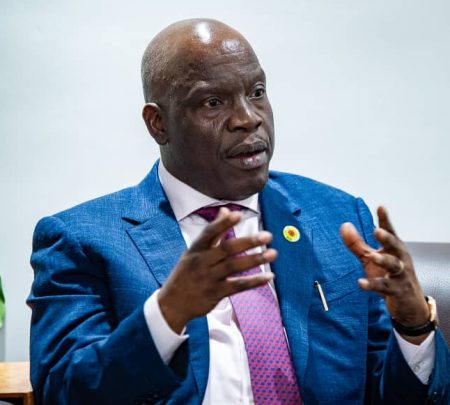10 April 2015, News Wires – Analysis of a well in southern England’s Weald Basin shows that the region could be brimming in onshore oil.
So says junior exploration company UK Oil & Gas, which reported that US petrophysical analysis firm Nutech has estimated that the Horse Hill-1 well near Gatwick Airport, south of London, has total oil in place of 158 million barrels per square mile.
Nutech’s report states that oil in place at the Horse Hill-1 well lies within a 653-foot aggregate net pay section, primarily within Argillaceous limestone and interbedded mudstones of the Kimmeridge Clay Formation as well as in the mudstones of the Oxford and Lias sections.
Approximately 72 percent of the oil in place (114 million barrels of oil) lies within the Upper Jurassic Kimmeridge interbedded limestone and mudstone sequence. The Horse Hill licenses cover 55 square miles of the Weald Basin.
UK Oil & Gas holds a 20.36-percent interest in these licenses. UK Oil & Gas CEO Stephen Sanderson commented in a company statement: “Drilling the deepest well in the basin in 30 years, together with the ability to use concepts, techniques and technology unavailable in the 1980s, has provided new cutting-edge data and interpretations to comprehensively change the understanding of the area’s potential oil resources.
“As a result, we believe that, in addition to the Portland Sandstone oil discovery, the Horse Hill well has discovered a possible world class potential resource in what is interpreted to be a new Upper Jurassic ‘hybrid play’.”
In a separate statement Ken Cronin, chief executive of onshore trade body UKOOG, added: “We have been drilling for oil and gas onshore in the UK for over 100 years. There are a number of sites in the south of England that have been producing oil for many years with great care for the environment and with no impact on local communities.
“These initial results suggest a very large volume of oil in place, which could potentially help to stem the rise in oil imports and improve Britain’s energy security and balance of payments. Further appraisal work will be needed to test what could be economically and technically recoverable.”
– RigZone



